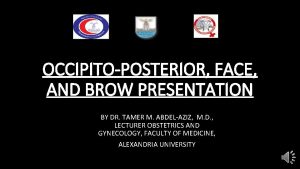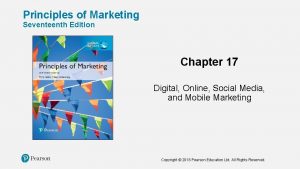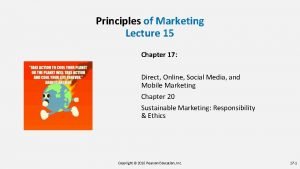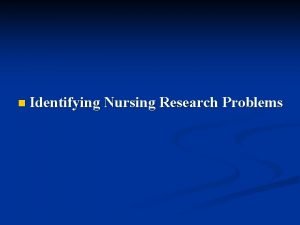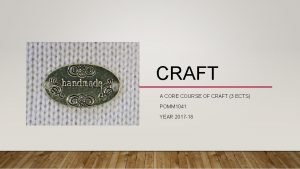THE CRAFT OF RESEARCH CH 6 Engaging Sources









- Slides: 9

THE CRAFT OF RESEARCH, CH. 6 Engaging Sources

KNOWING WHAT KIND OF EVIDENCE TO LOOK FOR… The book points out that “Different fields use different kinds of evidence, so before you start collecting data, you must know the particular kinds of evidence your readers expect” There are: § Personal beliefs and anecdotes from writers’ lives, as in a first-year writing course § Direct quotations from letters, diaries, books, poems, and so on, as in most humanities courses § Verbal accounts of objects, images, and events in the form of descriptions, anecdotes, and narratives, as in history § Fine-grained records of objects and events recorded in photographs, videotapes, films, drawings, and recordings, as in anthropology § Quantitative data gathered in laboratory experiments and surveys, represented in tables, graphs, charts, as in many of the social and all of the natural sciences

KEEP A RECORD…OR RECORD COMPLETE BIBLIOGRAPHICAL DATA This is VERY IMPORTANT! You want to, when you find a source, record ALL of the important bibliographic data for the source. You will need this for your Works Cited and in-text information later. So, keep a record. In fact, you want to make sure you keep and write down that information.

ENGAGING SOURCES ACTIVELY They recommend reading “important sources twice” (87). Check the source for relevance and reliability, think back to what we talked about in Ch. 5 to help you out.

USING SECONDARY SOURCES TO PLAN YOUR ARGUMENT Secondary sources can be read for: § § § Data to Use as Evidence Claims to Use as Support Models of Arguments and Analysis Define Your Problem Arguments to Respond To

RECORDING WHAT YOU FIND When you have a source you want to use, and have taken down the Bibliographical Info, you’ll want to…Take Full Notes Here is an example:

NOTE CARD APPROACH What we have in the previous note image is:

WHY THIS FORMAT OR APPROACH? The book highlights that this approach offers and “encourages systematic note-taking, but to be honest” its not that well used as a method too much anymore (95). Regardless of what method you opt for, the author’s note that you should hold to THREE principles: 1. On each sheet of notes, record the author, short title of the source, page numbers, and key words 2. Put notes on different topics on different pages 3. Perhaps most important: clearly distinguish three kinds of notes: (I) what you quote, (II) what you paraphrase and summarize, and (III) your own thoughts. On a computer, used different fonts or styles; on paper use headings or different colored ink to help out.

KNOW WHEN TO QUOTE, PARAPHRASE, AND SUMMARIZE The book offers you these guidelines and suggestions: § Summarize when you need only the point of a passage, section, or even whole article or book. Summary is useful for context or views that are related by not specifically relevant. A summary of a source never serves as good evidence. § Paraphrase when you can represent what a source says more clearly or pointedly than it does. Paraphrase doesn’t mean changing just a word or two. You must replace most of the words and phrasing of the original with your own. A paraphrase is never as good evidence as a direct quotation. § Direct Quotation is used to cite specific examples directly, as they are, from a text. They come from an authority that backs up your claim (or sometimes challenges it). Best source of evidence
 Types of brow presentation
Types of brow presentation Engaging dynamics
Engaging dynamics Marketing involve engaging directly with carefully targeted
Marketing involve engaging directly with carefully targeted Marketing involve engaging directly with carefully targeted
Marketing involve engaging directly with carefully targeted Print and web sources
Print and web sources Importance of water management
Importance of water management Sources of research problem
Sources of research problem Sources of research problem
Sources of research problem Defining the research problem
Defining the research problem Sources of nursing research problems
Sources of nursing research problems
